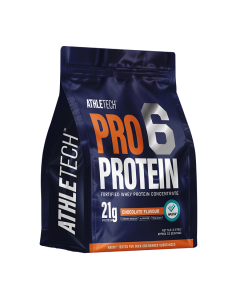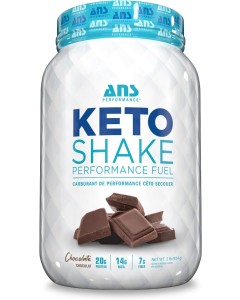Casein and Alternative Proteins

Casein is the slowest digesting form of protein, With a slow release over several hours, it is perfect to take before bed or for those who have an erratic schedule and sometimes are not always able to get in a high protein meal. Casein can be found in many dairy products, not just protein. These include cheese, cream and yoghurt.
Benefits of casein protein
Due to its sustained release of protein, casein is an excellent way to stave off catabolism by slowly releasing protein throughout the day when you may be unable to get in a meal, or at night whilst you are sleeping.
This leads to greater retention of muscle mass as well as the preservation of strength which in turn helps maintain a fast metabolism due to higher quantities of muscle mass.
For best results, use a fast-digesting whey protein post-workout and a slow-release casein protein before bed.
How casein protein is made
Casein protein is derived from the offcuts of cheese and makes up 80% of the protein content in cow's milk. During the cheesemaking process, enzymes are added to heated milk. These enzymes cause the milk to coagulate (solidify) separating from a liquid substance. These curds of casein are then washed and dried to create a casein protein powder whilst the liquid is dried to become whey powder.
Not only is casein used for the production of protein powder, but it is also found in other milk products such as cream, sour cream, as well as yoghurt.
The difference between whey and casein
Both whey and casein are derived from milk, in fact, casein contributes to 80% of the protein content in milk, whilst whey makes up the other 20%. Whey and casein are both by-products of cheesemaking, during this process, enzymes are added which coagulate (solidify) the casein into curds from the remaining whey liquid which are then turned into either cheese or protein.
Whey protein is regarded as the more anabolic of the two due to the spike it creates in muscle protein synthesis, whereas casein, due to its prolonged release, has better anti-catabolic effects resulting in less muscle mass loss.
Casein also has a lower percentage of the amino acid leucine (8%) than whey protein (11%). Leucine is the primary amino acid responsible for muscle protein synthesis.
Whey protein has a quicker digestion time than that of casein, making whey protein more ideal for post-workout recovery, whilst casein is the better option before bed or when you may be going long periods of time without food.
If you wanted the benefits of both casein and whey protein in a single tub, then blended protein is the perfect solution for you. Blended protein contains a premium mixture of fast, intermediate and slow-digesting proteins for a sustained release of protein. These protein blends contain a mix of whey, egg albumen, milk protein, casein and are loaded full of amino acids and glutamine to ensure effective digestion and rapid muscle recovery. With their fast, intermediate and slow absorption phases, blended proteins will also help keep you satiated for longer.
Casein protein digestion time
Casein protein is a slow-release protein, this means it takes a longer period of time for the amino acids found in this protein powder to be broken down by your body. This process usually takes between 4-7 hours. This means that casein feeds your body over a longer period of time which makes casein one of the most optimal ways to preserve muscle.
Due to its time-release nature and effective use as an anti-catabolic protein, casein is best taken before bed or when you may be going without food for a long period of time.
As expected, casein does not offer the peak anabolic release as whey protein does, for that reason to two are a perfect team in order to maximize results.



















